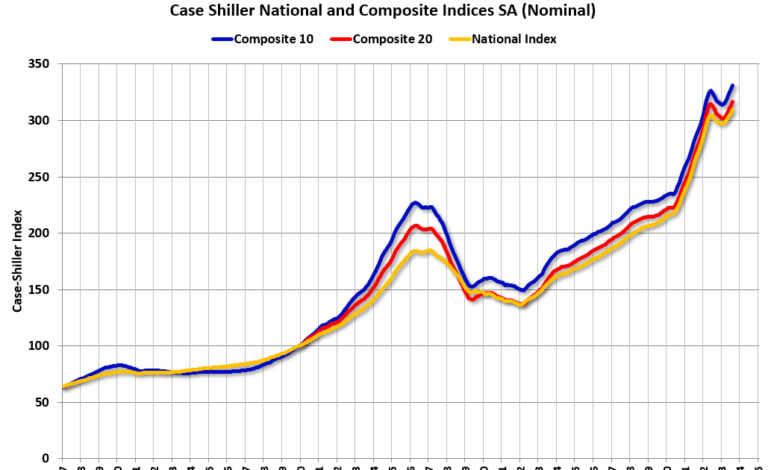The Evolution of California’s Housing Market: From Boom to Crisis
California’s Housing Crisis: A Journey from Boom to Bust
In the 1970s, something broke in California’s housing market, and it has never been the same since. The state’s housing crisis has become an exaggerated version of what is happening in the rest of the country. With its extremes laid bare in Los Angeles, California needs to build 180,000 homes per year to keep up with its growing population, yet it has been averaging less than 80,000 homes annually over the last decade.
To understand how California got here, we need to go back to the 1970s. With the onset of “stagflation” and the influence of legendary Republican politicians like Richard Nixon and Ronald Reagan, a fundamental shift occurred in the American mindset: a house became more than just a place to live, it became a financial asset. This shift has had far-reaching consequences for the housing market, and more and more of America now shares California’s state of mind.
The Success of Zoning and Land-Use Regulation
William Fischel, an expert in urban economics, argues that the 1970s marked the beginning of a shift in land-use regulation driven by the desires of communities. Homeowners became increasingly concerned with the value of their homes, leading to a skewing of wealth formation towards homeownership. This shift was further bolstered by California’s Proposition 13, which limited property tax rates and spared owners from increased tax payments.
However, this California mindset has spread across the country over time. Kurt Andersen, an author who has studied the economic changes of the 1970s, notes that a shift in economic fairness occurred during this period, with a greater emphasis on individual responsibility for financial success.
The Rise of Anti-Growth Sentiment
In the 1970s, California experienced a rise in anti-growth sentiment driven by concerns over overpopulation, overdevelopment, and energy consumption. This movement led to the creation of stringent zoning and land-use regulations that stifled new development. The impact of anti-growth sentiment can still be seen today, with NIMBYs (Not In My Backyard) playing a significant role in keeping housing prices high and preventing density in cities like San Francisco.
This sentiment spread to other states, resulting in similar zoning and development restrictions. However, it has not solved the housing crisis; instead, it has resulted in California becoming a cautionary tale for other states.
California’s Housing Crisis Today
Today, California’s housing crisis has reached alarming levels. The state is home to 22% of the nation’s homeless population, and a majority of renters pay more than 30% of their income towards rent. The high cost of housing has made homeownership inaccessible for many, leading to widespread homelessness and a severe lack of affordable housing.
Other states are now mirroring California’s mistakes, adopting similar zoning and land-use regulations that hinder housing development. The consequences are already being felt in cities like Miami and Atlanta, which are experiencing skyrocketing housing prices and an increasing lack of affordable options.
Seeking Solutions
California’s government is taking steps to address the housing crisis, but progress is slow. Easing restrictions on accessory dwelling units and streamlining permitting processes are a start, but more needs to be done to address the high cost of construction and materials.
Other states must learn from California’s experience and take action to prevent a similar crisis. This means reevaluating local control over land-use and zoning and prioritizing the need for affordable housing. Minneapolis offers a glimpse of a potential solution, as it became the first city in the U.S. to eliminate single-family zoning and has seen success in meeting housing goals.
The question remains: is the housing crisis a temporary phenomenon or a structural change? Only time will tell, but the cost of inaction is too high. California serves as a warning of what happens when housing issues are not addressed, both in terms of the economic and moral implications. It’s time for other states to take action before they find themselves in the same predicament as California.







